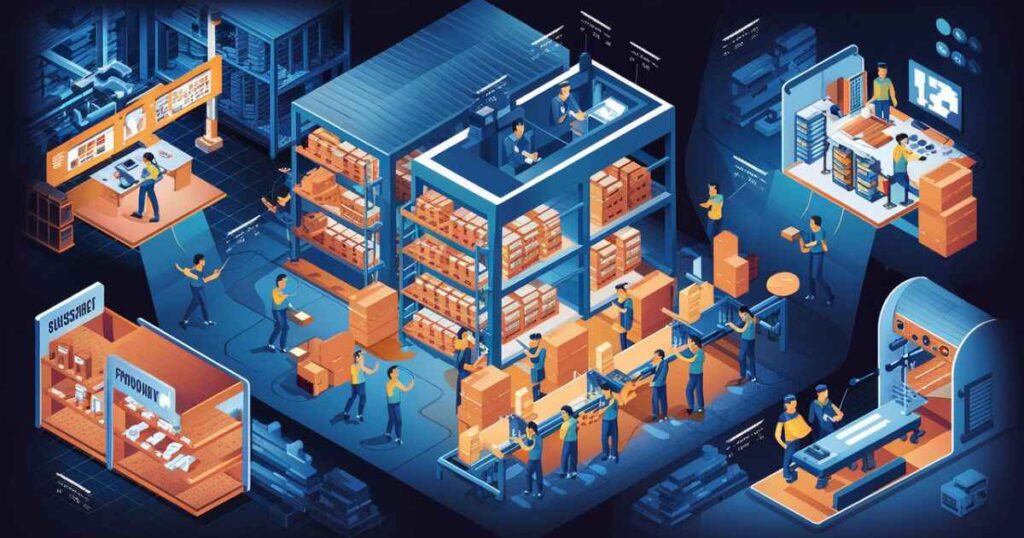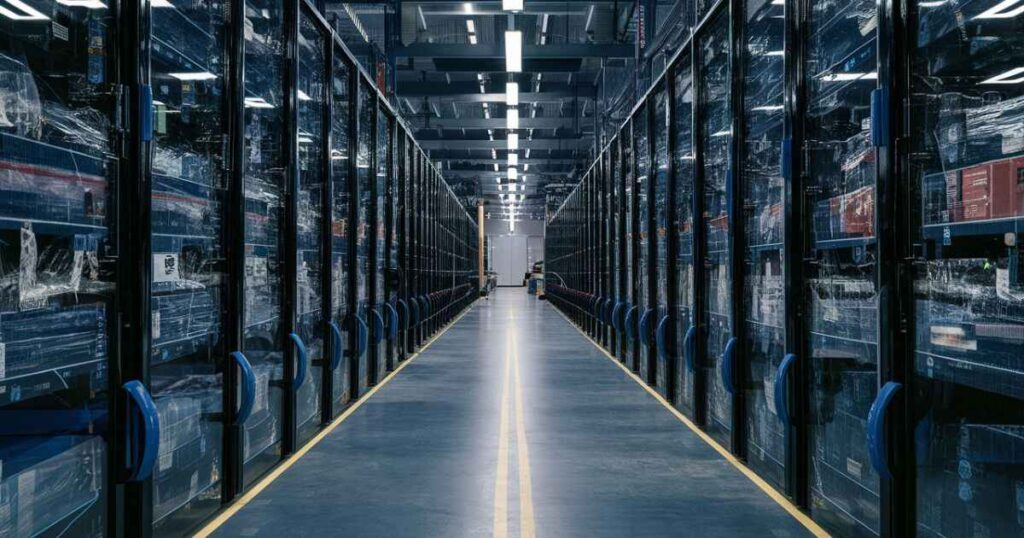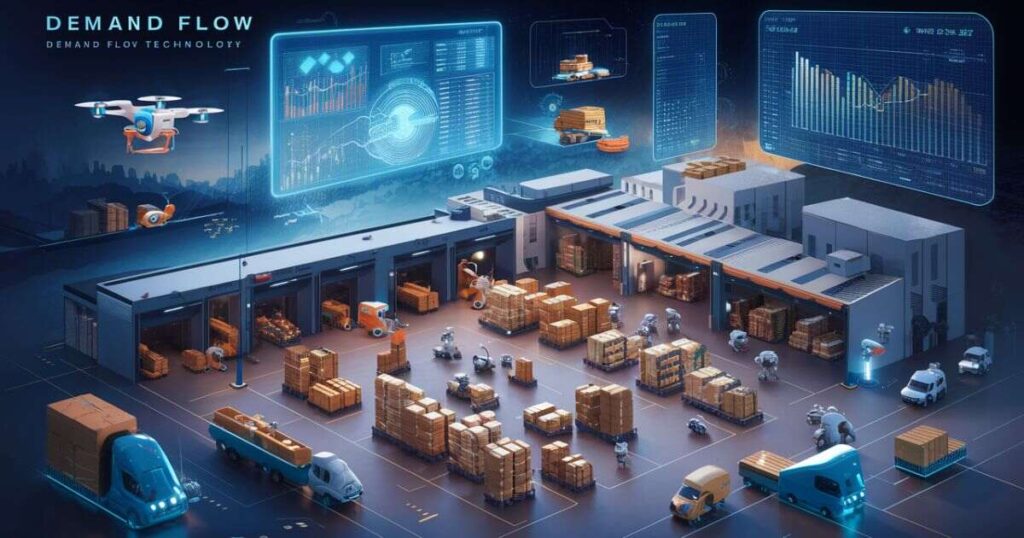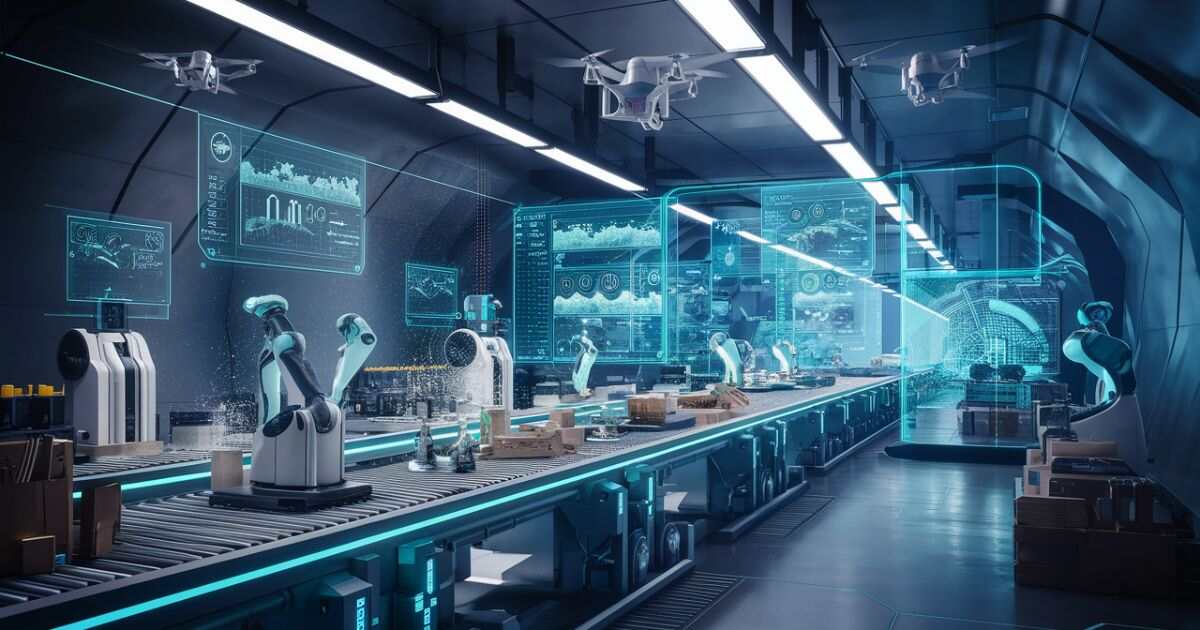Demand Flow Technology is a manufacturing strategy. It seeks to minimize waste or redundancies within the system. This has the effect of synchronizing production with demand with the end consumer.
It cuts out waste and Waste it minimizes the number of products that have to be stored. What is Demand Flow Technology And why would it be of any importance? This is an efficient and creative method in dealing with manufacturing.
Although, it has been informed that this technology was established in the 1980’s. It combines what is known as lean production, and just-in-time production. This Smart Technology is less rigid regarding the production lines.
Understanding Demand Flow Technology

Demand Flow Technology, or DFT, is a smart way to make things in factories. It’s all about making products when customers actually want them, not before. This helps companies avoid having too much stuff sitting around. DFT makes factories run smoother and faster, helping them quickly adjust to what people want to buy.
It’s like a well-choreographed dance where everything moves in sync. By using DFT, companies can save money, reduce waste, and make better quality products. It’s a modern approach that keeps businesses competitive in today’s fast-changing world, ensuring they can give customers what they need, when they need it.
History of Demand Flow Technology
DFT emerged in the 1980s, developed by John Costanza. It grew from the need to improve manufacturing efficiency. Costanza combined ideas from lean manufacturing and just-in-time production. The goal was to create a system that could quickly adapt to market changes. Early adopters saw significant improvements in their operations.
They reduced waste and increased productivity. Over time, DFT evolved to incorporate new technologies. It gained popularity in various industries, from electronics to automotive. As global competition increased, more companies turned to DFT to stay competitive. Today, it remains a valuable approach in modern manufacturing.
The Principles of Demand Flow Technology
Demand Flow Technology (DFT) is built on some simple yet powerful ideas. First, it uses a ‘make-it-when-you-need-it’ approach. This means factories only produce items when customers actually want them. It’s like cooking dinner just before mealtime, not hours in advance.
DFT also focuses on linking all steps in making a product, kind of like a well-choreographed dance. Quality is a big deal too every part of the process is fine-tuned to avoid mistakes and waste. And here’s the cool part: companies using DFT are always looking for ways to get better. It’s all about staying quick, efficient, and ready to meet what customers want.
Benefits of Implementing Demand Flow Technology
Adopting Demand Flow Technology (DFT) brings several advantages to manufacturers. It boosts efficiency by aligning production with actual customer needs. This smart approach helps companies:
- Cut costs by reducing excess inventory
- Respond faster to market changes
- Improve product quality
How Demand Flow Technology Transforms Manufacturing

Demand Flow Technology is changing the way factories work. It’s like a smart system that helps make products only when customers want them. This means less stuff sitting around in warehouses. Companies save money and space this way. DFT also makes factories quicker at responding to what people want to buy.
It’s like a well-oiled machine, where everything moves smoothly from start to finish. This method cuts down on mistakes and waste, so products turn out better. Workers are happier too because their jobs make more sense. Overall, DFT is making factories smarter, cleaner, and more efficient.
Critical Components of Demand Flow Technology
Demand Flow Technology relies on several key elements to work effectively. At its core, it’s all about keeping things moving smoothly. Here are some of the main components:
- Production flow: This ensures products move efficiently from one step to the next, reducing delays.
- Take time: It’s about matching production speed with customer demand to avoid making too much or too little.
- Quality control: Catching mistakes early saves time and materials.
- Pull systems: These trigger production based on actual orders, not guesses.
Impact of DFT on Businesses Across Various Sectors
Demand Flow Technology isn’t just for factories. It’s making waves in many different industries. Retail stores use it to keep shelves stocked without overfilling warehouses. Hospitals apply DFT to manage medical supplies, ensuring they have what patients need without waste. Even restaurants benefit, preparing food more efficiently and reducing leftovers.
Tech companies use DFT principles to streamline software development, releasing updates faster. In agriculture, it helps farmers plant crops based on market demand. Across the board, businesses using DFT are seeing lower costs, happier customers, and less wasted resources. It’s changing how companies think about their operations, no matter what they sell or do.
Future Trends in Demand Flow Technology

This is set to evolve with exciting new developments. As factories get smarter, DFT will become even more efficient. Robots and AI will play a bigger role, making production smoother and faster. This means companies can make exactly what customers want, when they want it, with fewer mistakes.
DFT is also going green. As more businesses focus on being eco-friendly, DFT will help them waste less and use resources wisely. This is great news for the environment and can help companies save money too.
Conclusion
This means that the Demand Flow Technology is a smart method of making things in a factory. It enables companies to deliver the right products to customers at the right time. It also reduces wastage of resources, costs less and makes firms more adaptable in their operations.
As a result of adopting DFT, firms are in a better position to work faster, better as well as in a cleaner manner. It is revolving how things are produced, making factories smarter and also energy efficient. Looking at the contemporary world, DFT has given business entities the ability to compete effectively.
FAQ’s
What is Demand Flow Technology (DFT)?
DFT is a smart way to make products. It matches production with what customers actually want, cutting down on waste and extra stuff.
How does Demand Flow Technology improve efficiency?
It makes things run smoother by getting rid of unnecessary steps and using resources wisely. This means products are made faster and with less waste.
Can DFT reduce production costs?
By making only what’s needed, companies save money on extra materials and storage. It’s like cooking just enough food for dinner, not a whole week’s worth.
Is Demand Flow Technology related to Just-In-Time Manufacturing?
DFT uses Just-In-Time ideas to make sure products are created right when they’re needed, not before.
Does DFT support mass production?
Not really. DFT is better for making things flexible, changing quickly to meet different customer needs. It’s more about being adaptable than making tons of the same thing.

